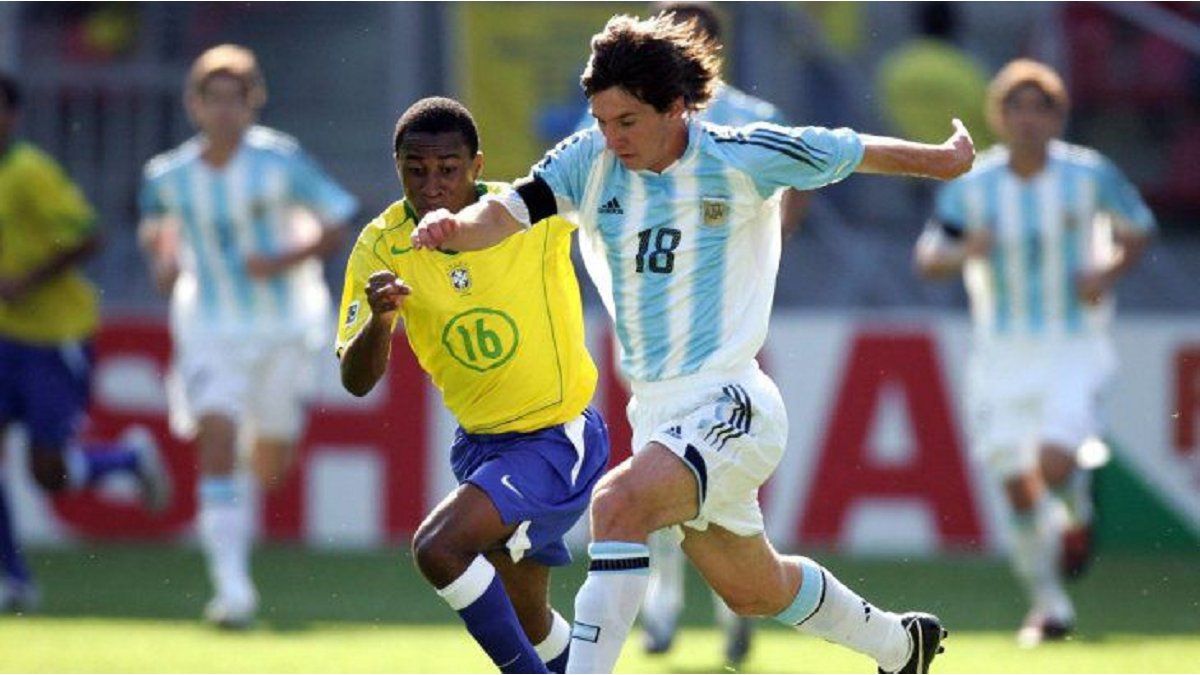Why are we so attracted to soccer?
This sport of British origin – like almost everything modern in the 19th century – became a planetary passion and “a world culture understood by practically everyone.” According to the anthropologist Christian Bromberger“can be invoked to understand the popularity of the game its relative simplicity” since “it does not need special devices or complicated instruments, it can be played in the street, in the square, in a patio, it can be played with shoes or with bare feet”.
To this, according Bromberger, it is added how this game can reproduce in the micro, what happens to us in life. “The football game makes us feel in that period of ninety minutes the full range of emotions that can be felt throughout a lifetime: happiness, suffering, hatred, anguish, admiration, the feeling of injustice” .
the sociologist Alain Ehrenberg adds another element to understand soccer as a global dominant game. “The popularity of sports in general and soccer in particular lies in their ability to embody the ideal of a democratic societyshowing through its heroes that anyone can become someone”, he points out.
The rise of soccer in Argentina
There is agreement in pointing out that approximately from 1840 You have football in our territory, limited to the perimeter of the main ports. were being built railways by the English, and these in their free time stood out the vice of the ball, before the gaze of the Creoles. The population attended in astonishment as foreigners kicked an element made with cow bladder and delimited the arches with stones. Everything in the context of the economic link of the Argentina since then with him United Kingdom, which made them sell primary products (meat and wheat) that they returned in manufactures. Thus, with a large British community in these lands, the brothers Thomas and James Hogg they founded the oldest soccer team in South America, the Buenos Aires Football Clubon May 9, 1867. At that time, soccer was played in British schools and institutions.
thomas and james hogg.jpg
The first game in Argentine history
The first football match played in Argentina took place a June 20, 1867in the facilities of the Buenos Aires Cricket Club of the Buenos Aires neighborhood of Palermo, where the Planetary. Brothers Hogg they had summoned players through an advertisement published in the newspaper The Standard. 16 intrepids gathered. They played with white and red caps, 8 players per side. According to the newspaper, the Colorados won 4-0. Thomas Hogg wrote: “Soccer is the best, easiest and cheapest pastime for the youth of the middle class and for the people.”
first football match.jpg
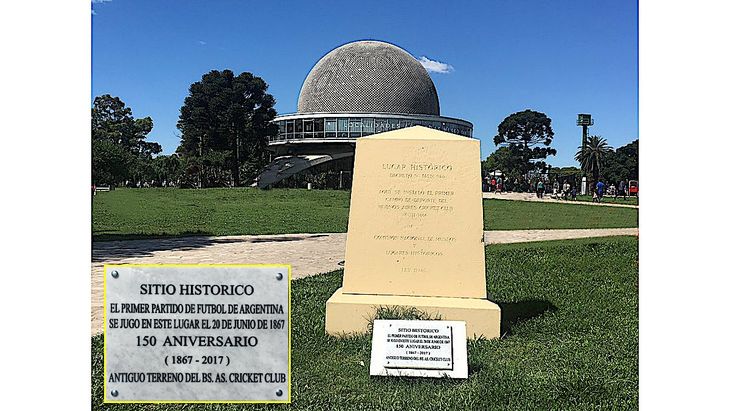
The first championship in Buenos Aires
Although it was presented as national, strictly speaking the competing entities belonged to the Buenos Aires area. The first Argentine Association Football League It was created in 1891, and the first championship was held that same year. Later, Alexander Watson Huttonfounded Argentine Association Football League. Hutton is considered the “father” of Argentine soccer, and was the founder of the club alumnithe most winning of the amateur era.
alumni.jpg
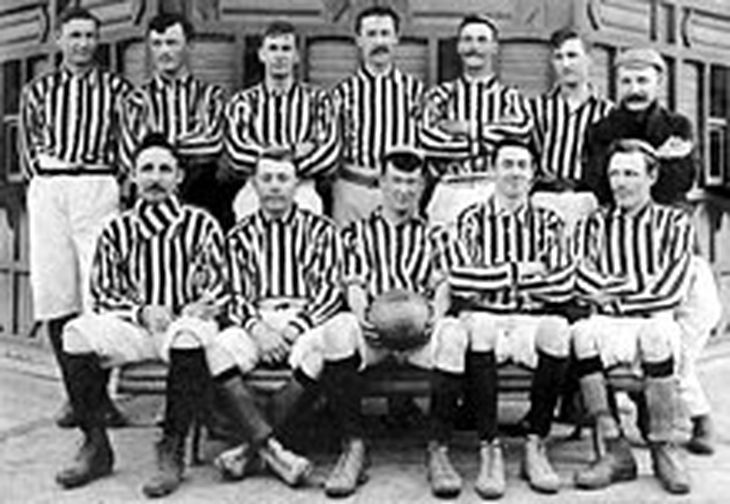
The foundation of the current clubs
The vast majority of the current clubs were founded as non-profit associations in the early years of the 20th century. Among them, of course, Racing Club de Avellaneda, River Plate, Boca Juniors, San Lorenzo de Almagro and Hurricanebut also Gymnastics and Fencing of La Plata and Students from the same city. With these foundations, the “classics” were also born, with Boca-River, born in the same neighborhood, in first order.
river founders.jpg

The soccer explosion began in the 1920s.
Born amateurishly, football was a game played by the English in their spare time. Over time, it was appropriated by the creoles -descendants of new migratory waves, mainly Italians and Spaniards- that generated, in that first decade of the 20th century, a kind of second foundation. They were also modifying the style: from the British to one from the River Plate; from machinery and collective to a more inspirational or skilled one.
During the Amateur era, already from the mid-20s, money began to flow to encourage players; that’s how the Amateurism Brown. At the time when the English and the students of certain schools played soccer, the players themselves paid for the expenses, but as the sport became more popular and the neighborhoods began to play it, the best class came out of the last class. team players. The beginning was to exempt them from the social quotas of the clubs. Later, so that they were not badly dressed to the matches, they were provided with clothing. Finally, the tempting job offers came. These innocent measures were the prelude to Professionalism. In this way, by also becoming a livelihood, he enabled the lower classes to play it, since they did not have to pay for it on their own. It was one more element that triggered the enormous popularity of soccer.
football 1920.jpg
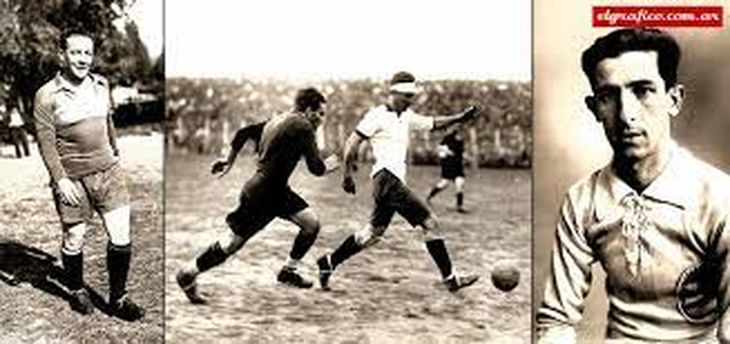
Professionalism is born in 1931
The logical and inevitable consequence was the professionalization of soccer, with its first championship in 1931, won by River Plate. The clubs began to launder the income of the players, as well as the transfers between the institutions. At that time, the stadiums usually already had close to 40,000 spectators per game. A central passion, the most serious of non-serious things, to paraphrase Jorge Valdanobegan to cross the life of the Argentines.
professional football 1931.jpg
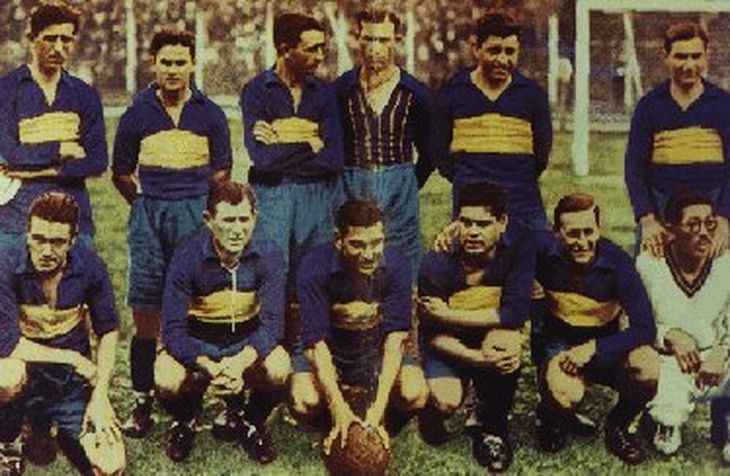
Argentine soccer in 2022
Currently there are approximately between 250 and 300 clubs, formally private non-profit entities, that participate in seven main tournaments, organized in a pyramid and regulated by the Argentine Football Association. To these must be added more than 3,000 clubs that play in the more than 250 regional leagues associated with the AFA, which are competing to enter the national qualifying pyramid.
Source: Ambito
I am Pierce Boyd, a driven and ambitious professional working in the news industry. I have been writing for 24 Hours Worlds for over five years, specializing in sports section coverage. During my tenure at the publication, I have built an impressive portfolio of articles that has earned me a reputation as an experienced journalist and content creator.




